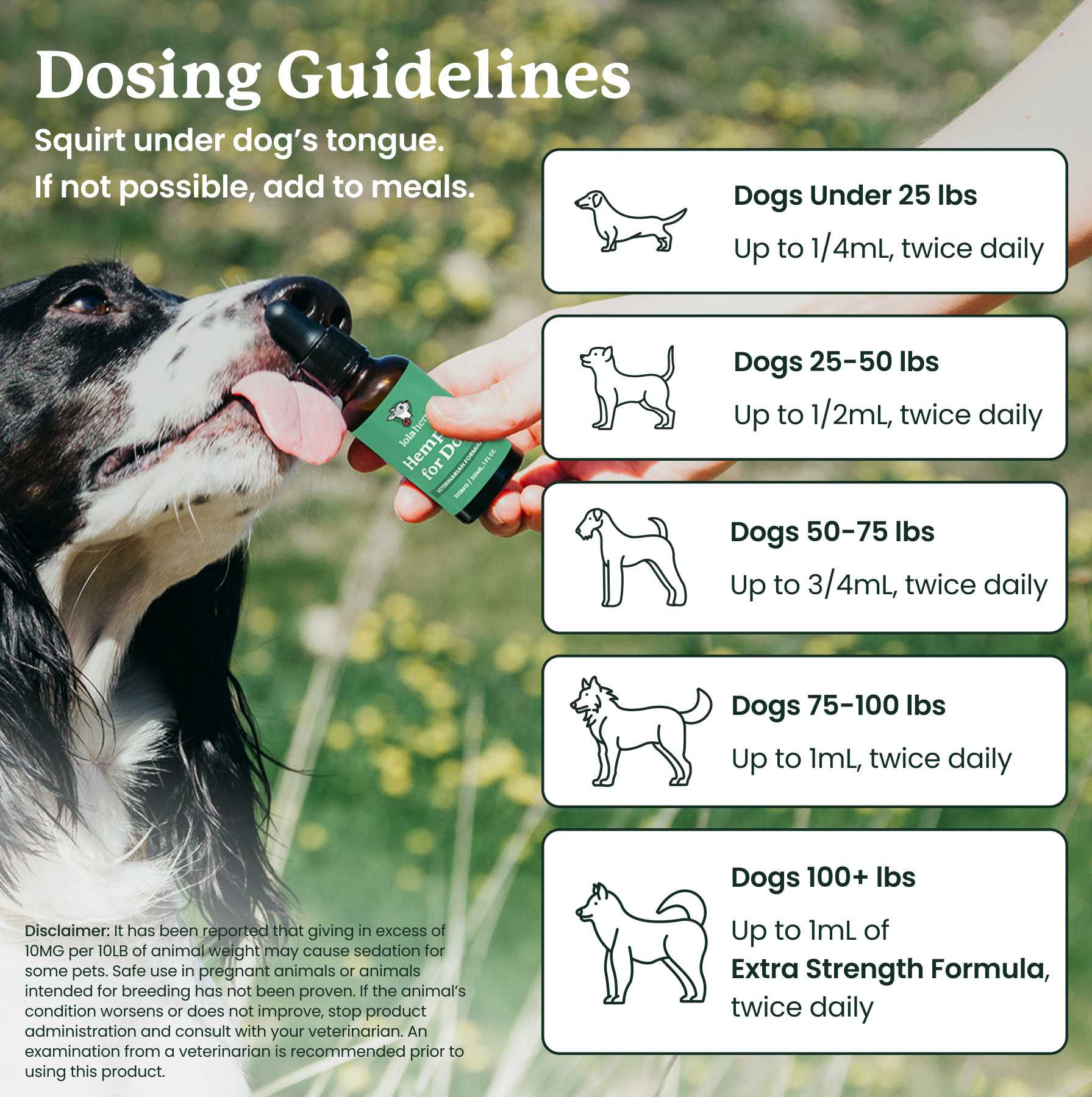Seeing your dog having a seizure can be scary. Your dog may act strange, collapse, or seem like he is in pain. You want to help, but often there is little you can do to intervene at home, which leaves many owners feeling powerless.
Fortunately, there are steps you can take to prevent and manage seizures in the future. Understanding how seizures happen and what you can do to protect your dog at home will help you minimize the frequency and severity of your dog’s seizures.
What Are Seizures in Dogs?
A seizure occurs when there is abnormal electrical activity in the brain. This can happen due to abnormalities in the brain itself or due to external factors such as ingestion of a toxin, low blood sugar, or disease in other areas of the body.
Seizures are typically classified as either generalized or focal. Generalized seizures are the type most people are familiar with. During a generalized seizure, the dog may lose consciousness, collapse, convulse, vocalize, and urinate or defecate.
Focal seizures are often more subtle and may involve only a twitch in one area of the body. Focal seizures can also present as “fly biting” behavior, during which your dog may snap at the air as if he’s trying to catch invisible bugs. In some cases, focal seizures can progress to become generalized seizures.

What Are “Cluster Seizures” in Dogs?
Most seizures last no more than a few minutes. Cluster seizures – known as status epilepticus in the medical field – are defined as continuous seizures lasting more than 5 minutes, or more than two seizures in a row without the dog regaining consciousness between them.
Cluster seizures not only look scary, but they can also cause permanent brain damage. Cluster seizures can also quickly cause dangerous changes throughout the body, such as a severely elevated body temperature, low blood sugar, changes in blood pressure, and a high heart rate. Cluster seizures are an emergency and your dog must be seen by a veterinarian right away to stop them.
What Causes Canine Seizures?
The most common cause of seizures in dogs is epilepsy. This condition usually first appears when the dog is between six months and six years of age. Epilepsy is most common in purebred dogs, but any dog can be affected.
Many other health conditions can also cause seizures. These are referred to as “reactive seizures” because they occur as a result of another disease process.
Common causes of reactive seizures include:
- Bacterial, viral, fungal, or parasitic infections
- Trauma to the brain
- Hyperthermia
- Organ failure
- Blood clots
- Toxin exposure
- Nutritional deficiencies
- Electrolyte imbalance
- Medication overdose
Because there are so many things that can cause seizures, it’s important to see your veterinarian and have the problem diagnosed right away. Identifying the underlying cause of the seizure will be the first step to helping you prevent future seizures.

What Do I Do When My Dog is Having a Seizure?
If your dog is having a seizure, don’t panic. If possible, gently move your dog to a safe location – somewhere he won’t get hurt during the convulsions. Don’t try to place any objects in your dog’s mouth, including your hands.
Your dog is likely not aware of his surroundings during the seizure and he may accidentally bite you or swallow the object. Most seizures will pass within a few minutes, so it is best to just sit calmly with your dog and wait for them to pass.
After a seizure, your dog may be disoriented, anxious, or even aggressive. Stay calm and be cautious when handling your dog. Even a friendly dog can bite during this recovery period because they are often scared and not themselves. As soon as it is safe to do so, take your dog to a veterinarian for an examination.
What If Your Dog Won’t Stop Seizing?
Cluster seizures are an emergency situation and cannot be treated at home. If your dog’s seizures last more than a few minutes or happen multiple times in a day, it is important to see your veterinarian for treatment right away.

How Are Canine Seizures Treated?
When your dog has his first seizure, the first step is to visit your veterinarian. Your veterinarian will ask you detailed questions about the seizure and your dog’s activities leading up to it. He or she will also examine your dog and may recommend additional diagnostic tests such as blood work and x-rays. These tests can help your veterinarian determine what caused the seizure.
If this is your dog’s first seizure and he is otherwise healthy, your vet may recommend just monitoring him for now. Seizure medications do have side effects, so they often are not prescribed unless your dog is having seizures frequently. Your vet may recommend keeping a log of your dog’s seizures to help you monitor the frequency and identify potential triggers.
If your dog is having seizures multiple times per month, then your veterinarian may recommend starting an anticonvulsant medication. Your dog will need to take this medication daily, usually for the rest of his life.
Depending on the type of medication used, your dog may need frequent follow-up visits with your veterinarian to adjust the dosage. Your vet may also recommend supplements or a change in diet to help manage your dog’s seizures. For dogs prone to cluster seizures, your vet may prescribe a medication for you to administer at home to stop a seizure when it happens.
How Long Can a Dog Live With Seizures?
Seizures are hard to watch, but the good news is that they can be managed. Many dogs with epilepsy live relatively normal lives, and some may never need anticonvulsant medication.
If your dog’s seizures are the result of another health problem, such as organ failure or cancer, then it is important to identify and manage the underlying cause of the seizures. Your veterinarian can help you determine the best course of treatment for your dog, so he can continue to live a long and healthy life despite seizures!
Frequently Asked Questions About Cluster Seizures in Dogs
What are cluster seizures in dogs?
Cluster seizures are seizures that occur back-to-back with little or no recovery time in between, often lasting more than five minutes or occurring multiple times within a short period.
Are cluster seizures in dogs dangerous?
Yes, cluster seizures are a medical emergency because they can cause brain damage, organ stress, and dangerous changes in blood sugar, temperature, and blood pressure.
What should I do if my dog has cluster seizures?
Seek emergency veterinary care immediately, as cluster seizures cannot be treated safely at home and require urgent medical intervention.
What causes cluster seizures in dogs?
Cluster seizures can be triggered by epilepsy, infections, trauma, toxins, metabolic issues, or underlying diseases that affect the brain or body systems.
Can dogs recover from cluster seizures?
Many dogs recover with prompt veterinary treatment, ongoing medication, monitoring, and management of underlying health issues.










Comments
My 8 year old Labrador started having seizures last year. He’s on Keppra and Zonisamide and it helped a little. Seizure clusters keep occurring at least once a month and when they come its terrible. They last for – four days and are a about every – six hours. Without these meds he was having cluster seizures twice a month. I feel powerless because sometimes he comes to me for help and I can’t do anything to prevent the cluster seizures. Even Valium doesn’t stop them. It just dulls them a little bit. Hemp doesn’t help. I don’t wish this on anyone.
Thank you for sharing your story, just came from the vet after our dog Max had 6 seizures over the weekend, he is on Phenobarbital, Potassium Bromide and Redilev, we are yet to find a combination and dosage to bring down his seizure count which he tends to get every 2 weeks…your story gave me lots of hope that all is not lost!
Hi your blog on seizures is great. We have a frenchy and his seizures started when he was a little over a year old. It’s been almost a year now. He was taking 14.5 pills a day. And having numerous cluster seizures a month. October he has 7 seizures all multiple 3 minimum and 3 of them where 4. We use diazepam and we spray up his nose. That’s been our life safer. He’s so strong you can’t get it up his nose when he’s a wake. There’s a 5-10 second window when his seizure finishes we can get a good shot in him. If he happens to blow out we do another one with the next seizure. We are suppose to do 3 – 40 minutes apart. So November we winded him off of zonisamide over 4 weeks. That reduced 2 pills a day. When he had a seizure they told us to double up on kempra, that was another 9 pills after each seizure or 63 in October. He was also getting cbd oil in the morning and we changed that to a fish oil vitamin. In October he only have 4 seizures and only one was a multiple of 2 because I was by myself and didn’t get the nasal shot in good. So I noticed that he doesn’t have he seizures when he’s active or zooming. And my wife is great at noticing when he is a little off so when he’s like that we wrestle with him With toys or chase him and get him to zoom or be active. That’s his best medicine. He had his last seizure November 24th so it’s now been 12 days. His longest stretch in between seizures since it started. I forgot to mention the last two weeks I’m winding him down on kempra. He was taking 4.5 a day. Now down to 3. II wanted to tell our story so maybe it will help others like you’re doing with your blog. It’s a little more detailed than I explained. If you send me your email address I’ll send you the boss update I sent the vet. Yea Boss is his name and he really is the boss. By the way they say frenchys are stupid. They’re not there stubborn. He’s the smartest dog I’ve ever owned. And has so much personality. So right now he is down to 5 tablets a day. 1.5 phenobarbital 2 times a day and 3 kempra. In two more weeks going to take away the half of phenobarbital. Hope this helps your pets or others you know. Hope to hear from you. David & Mina